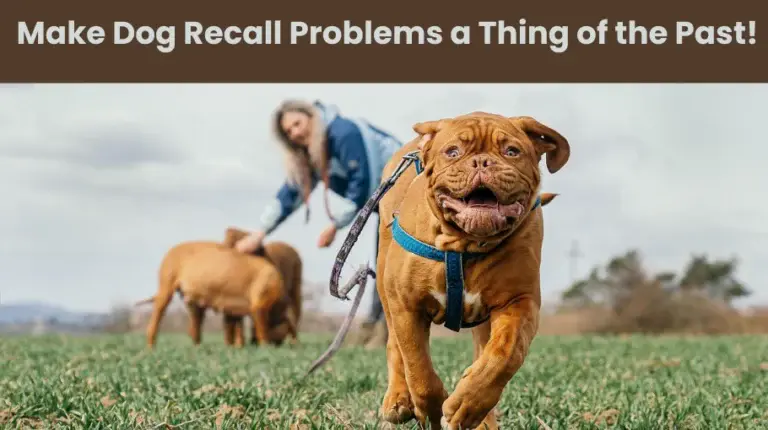Why Dogs Dig Their Beds
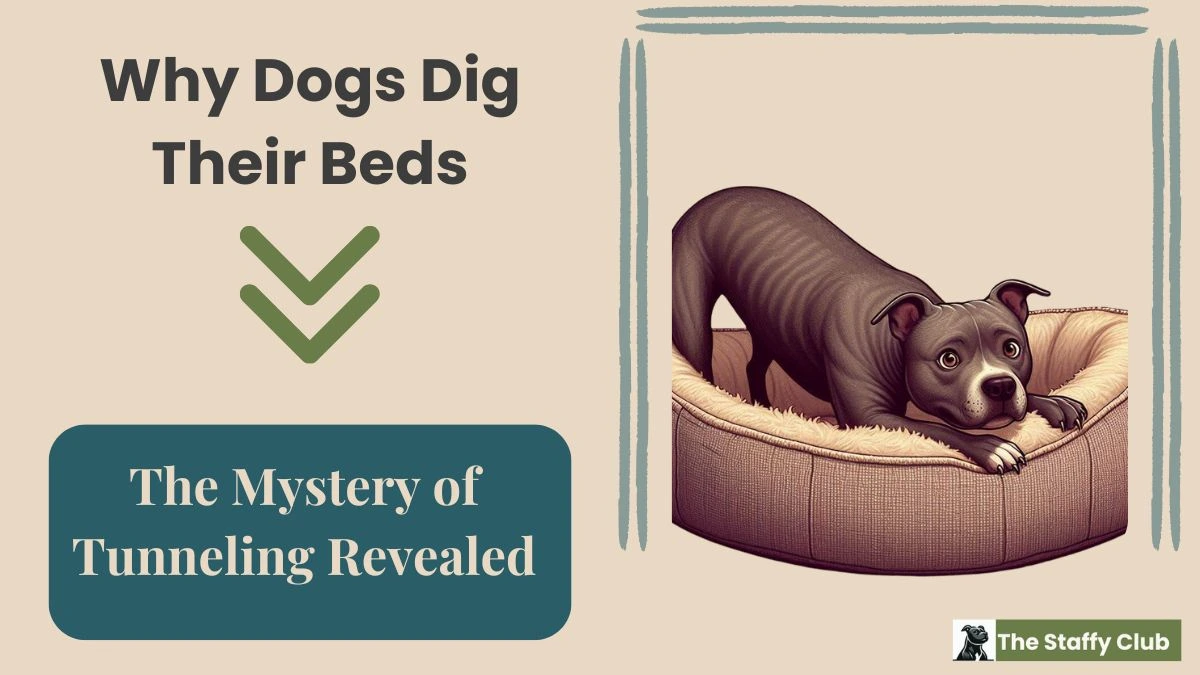
Ever noticed your dog digging at their bed? They’re not looking for something hidden—they’re acting on instinct. Dogs dig because it’s hardwired into them from their wild ancestors. They dig to create a comfortable spot, control the temperature, or feel more secure.
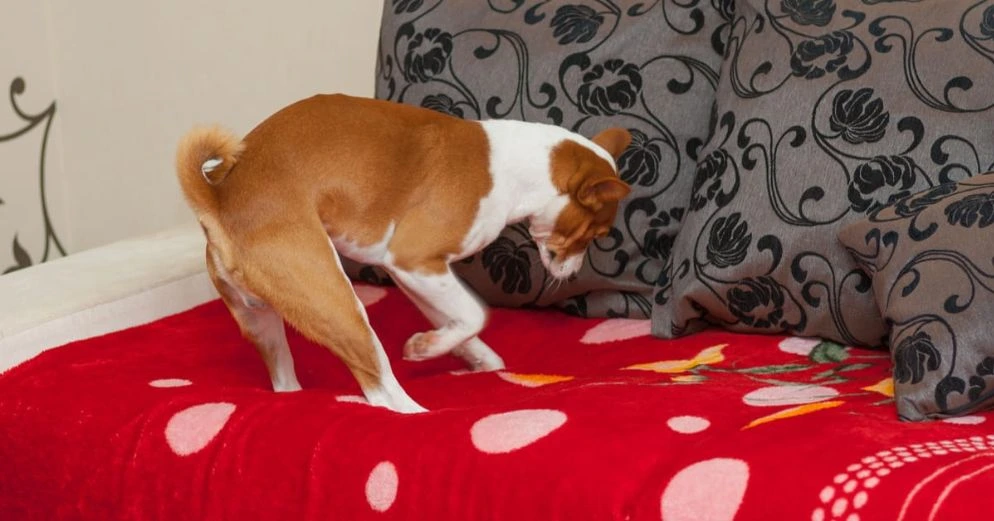
Understanding Why Dogs Dig Their Beds
At first, the sound of your dog pawing at their bed might be annoying. But then it might get you wondering, “Why do they do this?” Here’s what I found:
Nesting Behavior
Wild dogs dug to make a safe, comfortable space to sleep. This instinct carries over to domestic dogs. That’s why you’ll see them circle and scratch their bed before lying down.

Temperature Control
In the wild, dogs dug to cool off in hot weather or to keep warm in cold conditions. If your dog scratches or shifts blankets, they might be trying to adjust the temperature to feel more comfortable.
Marking Territory
Dogs have scent glands in their paws. When they scratch or dig, they leave their scent behind to mark the area as theirs. It’s their way of saying, “This is my spot!” (similar to how they mark territory on walks).
Stress Relief
Digging can also help dogs release stress. If your dog is anxious, digging calms them down. This is common in dogs with separation anxiety or those adjusting to a new home. (see tips for easing separation anxiety).
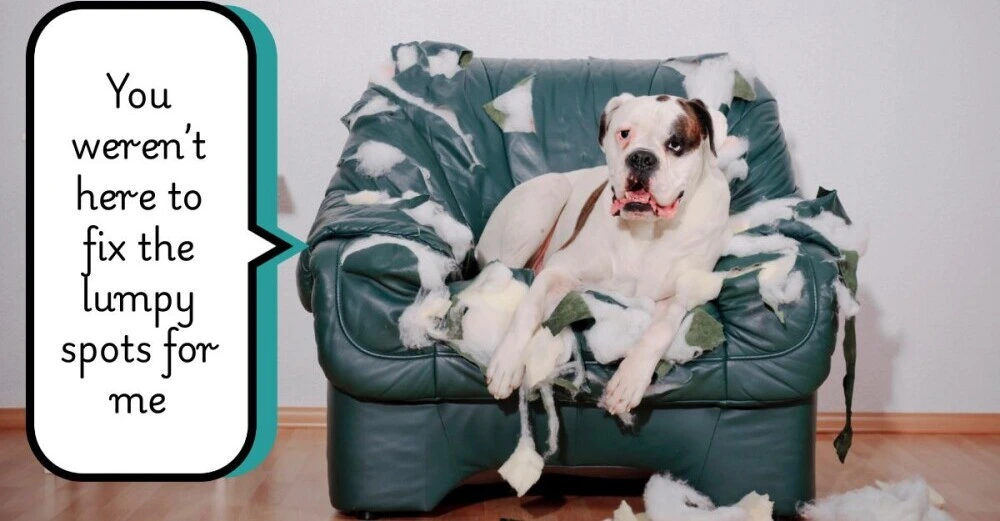
Boredom
If your dog isn’t getting enough exercise or mental stimulation, they might dig out of frustration or just to pass the time. Digging becomes a way to burn off energy. Regular exercise can help reduce boredom-related digging.
If you’re stuck for ideas, read about all-weather exercise for dogs to get indoor and outdoor ideas.
Hiding Items
Some dogs bury things like food, toys, or treats. If your dog digs after playing with a toy, they might be trying to stash it. I’ve often walked into the room to find one of mine pawing at their bed, only to discover a stolen sock hidden down the side of the mat.
Breed-Specific Instincts
Some breeds, like terriers, are more prone to digging. Terriers were bred to dig out small prey, so they have a natural instinct to dig.
What Are They Trying to Find or Accomplish?
When dogs dig their beds, they’re not always trying to find something. They’re trying to create comfort and security.
- Comfort and Temperature Regulation
Dogs dig to adjust the surface of their bed to feel more comfortable, whether that means cooling down or finding warmth. When I’m in the office, their bed is next to the radiator, and they paw at it more often than the crate bed that’s covered and away from heat.
- Marking Their Spot
Digging helps dogs establish a sense of ownership over their sleeping space. It happens in shared beds too. Our two have their positions: one at the back, the other at the front of the crate. When they go into each other’s spot, they’ll paw at it before settling.
- Habit and Routine
Digging before lying down is often part of a pre-sleep routine that helps them settle.
- Calming Behaviour
If a dog feels overstimulated or anxious, digging helps them calm down and feel more at ease. As does rolling around on a rug or aggressively chewing a toy. Ours do all three — start with a roll, turn to a chew, then paw dramatically at their bed before settling shortly after.
- Trying to Get Rid of a Scent
Dogs are sensitive to smells. Sometimes, they dig or roll around to remove an odor they dislike. For example, after I apply sunscreen to their noses and ears in summer, my dogs dig and roll around to get rid of the smell. They’ll often dig to smooth the bed after.
Since my dogs are crate-trained, we now close the crate door before applying sunscreen, letting it dry without causing a mess.
What Type of Bed Works Best?

The type of bed you choose can make a difference in how much your dog digs.
- Foam Beds vs. Stuffed Beds
Foam beds hold their shape better, so dogs may dig less once they settle in. Stuffed beds are softer and more adjustable, which might encourage more digging.
- Bolster Beds
Raised sides give dogs a sense of security and can reduce digging by providing a more structured space. (Here’s what to look for in a crate bed).
- Multiple Beds
If your dog has more than one bed (like one upstairs and one downstairs), they might dig more or less depending on the surface and location. Providing options helps them find the most comfortable spot.
When Should You Stop It?
Most digging is harmless, but there are times to step in:
- If the digging lasts too long: Let them dig for a minute or so. If they don’t settle, redirect them.
- If they’re digging aggressively: If the digging gets intense, stop them before they damage the bed.
- If the bed starts tearing: Once a bed tears, it may encourage chewing, especially in anxious dogs. (see how to handle hyperactive dogs).
- If they seem stressed or restless: Constant digging could mean they’re uncomfortable or anxious.
Crate Considerations
If your dog digs in their crate, there’s a risk of injury.
We had an issue where our dog’s paw got caught in the wire because the mat didn’t fit snugly. Since then, we switched to a bolster bed with raised sides.
Here’s how to make the crate more comfortable and safe:
- Use a snug-fitting mat: Make sure the crate mat fits properly, with no gaps.
- Switch to a thicker mat: A thicker mat prevents paws from getting stuck.
- Upgrade to a bolster bed: Raised sides provide more security and help prevent injury.
- Add crate bumpers: Bumpers prevent paws and tags from getting caught in the crate mesh.
Why Does My Dog Scratch the Bed Sheets?
Dogs don’t just dig at their beds—they often scratch blankets or sheets. It’s the same instinct at work. Scratching helps them adjust the surface for comfort and mark it as theirs.
Do Dogs Dig When They Are Sick?
Sometimes, dogs dig or circle excessively when they’re not feeling well. If your dog is showing other signs of distress, like whining or changes in appetite, it’s a good idea to check with your vet.
Final Thoughts
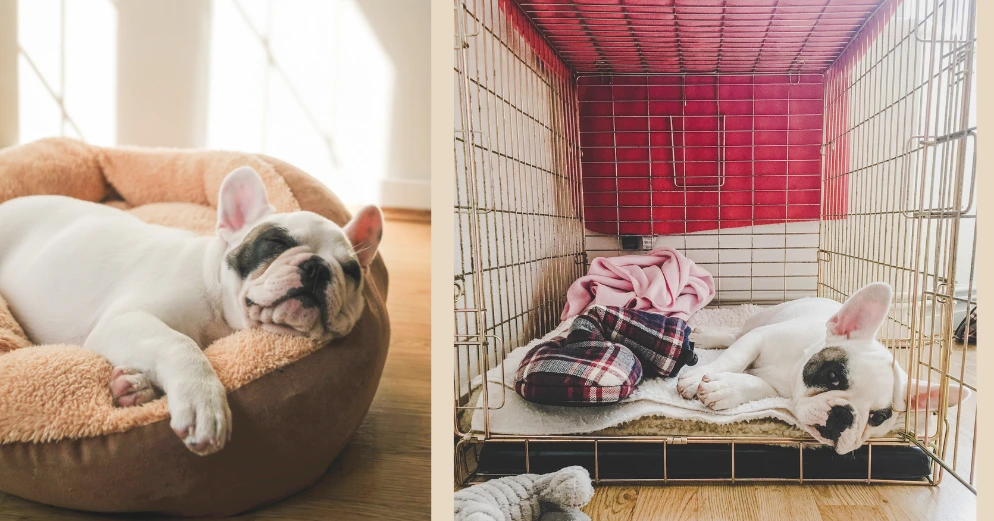
Digging is natural for dogs. It’s not about the bed — it’s about their instinct. Understanding why they dig and knowing when to step in helps you support their needs without frustration.





